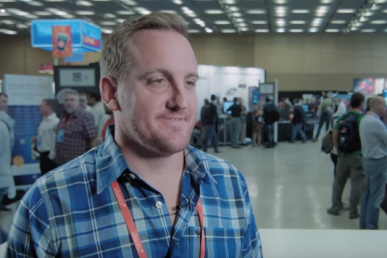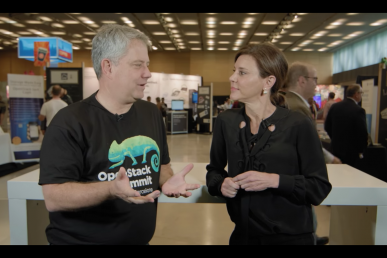“Seeking an OpenStack Administrator: Minimum 10 years experience required.” The requirement length might inspire a few laughs among Stackers, but the sentiment behind the post is real: Employers are looking for administrators to come on board with OpenStack experience already acquired.
But how does one gauge OpenStack experience? Compared to Linux, where there are many sysadmin certificates and time has proven them to be a valuable first filter when hiring, OpenStack’s few certifications have focused on “knowledge of OpenStack fundamentals.”
As a cloud consultant and educator, I can tell you that these certifications often translate to “I can recite the names of the OpenStack projects.” In a recent interview, I asked a candidate whose resume had a very popular, multi-day OpenStack bootcamp and its associated certification exam about their OpenStack knowledge. The answer was, “Well, I passed the certification test, but I don’t really know anything.” While this example is extreme, it highlights the OpenStack certification-to-ability gap.
Vendors want—and need—to offer trainings to support their products; it’s a part of customer service. But this has led many vendors to create trainings that are an extension of a “this is OpenStack and this is how you run it” service class. These service courses are in high demand—my company offers them—but this is not the same as creating a knowledgeable administrator.
The solution is to test functional knowledge, which is where the Certified OpenStack Administrator (COA) exam comes into play. Unlike many existing exams, the COA does not have any multiple-choice questions like, “What is the compute component of OpenStack?” Real-world operations are ruled by uncertainty, not a menu of choices. So the COA was developed to ensure a passing candidate understands OpenStack conceptually, can create solutions to common OpenStack operating problems, and understands how to navigate OpenStack documentation. This is a far more realistic measure of an administration’s OpenStack skills and verifies that an admin can manipulate the environment, not just spout facts.
If you already have an OpenStack certification, but haven’t actually interacted much with an OpenStack system, make an honest self-assessment of your knowledge. Review the topic areas on the COA exam and assess your confidence levels for each area. If you can’t interact with a system in those areas, consider taking one of the new classes that specifically address the COA exam through hands-on experience. Lack of access to a production OpenStack system is not necessary either! Just deploy an all-in-one OpenStack system on almost any recent-model laptop. This will provide the core OpenStack components, as well as a Horizon user interface in a virtual machine to get that needed experience.
Whether you’re currently employed as an OpenStack admin and looking for the next step up or hoping to become one, a measuring of your hands-on experience—not just fact regurgitation—will be crucial. You are capable of developing the operational skills and experience to get the job; prove it with a COA certification.
This article first appeared in the print edition of Superuser magazine, distributed at the Barcelona Summit. If you’d like to contribute to the next one, get in touch: [email protected]
Cover Photo // CC BY NC
- Inside the Certified OpenStack Administrator exam - November 8, 2016

)










